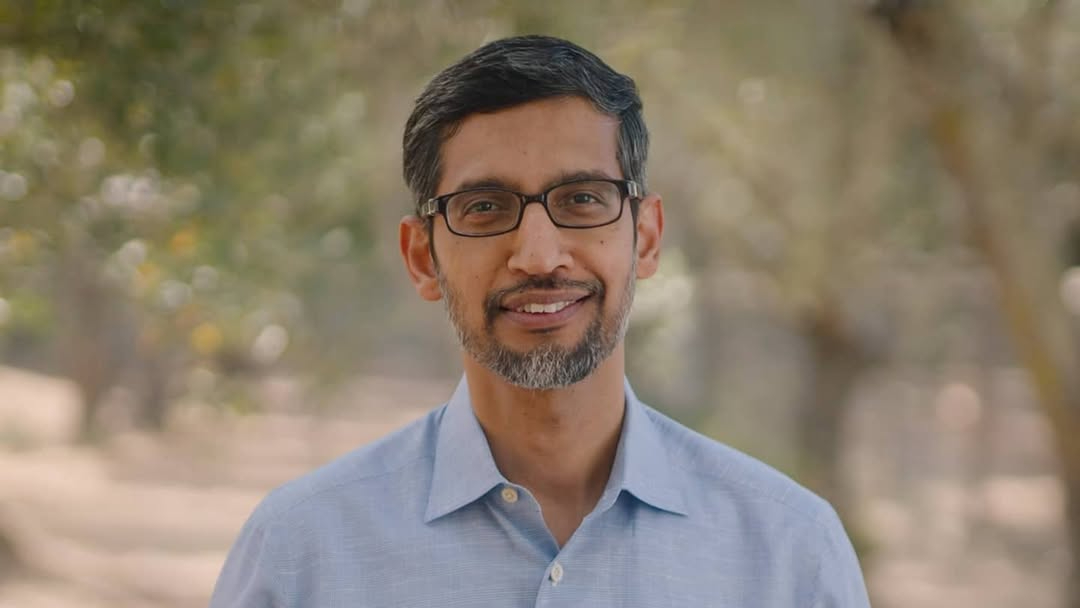How Trillion-Dollar Tech CEOs Manage Risk in the Age of AI
There comes a point in every technological revolution when leadership stops being defined by the speed of invention and starts being defined by the wisdom to govern it. Artificial intelligence has accelerated that shift faster than anyone expected. Today, the CEOs who run trillion-dollar platforms Google, Microsoft, Amazon, Apple operate less like traditional executives and more like custodians of global infrastructure. Their decisions ripple into markets, policy, and culture in ways that no previous generation of leaders had to confront.
This isn’t a story about flashy product launches or who’s winning the AI race. It is a story about responsibility, and the kind of leadership required when innovation has consequences that span continents rather than consumer segments.
When a CEO Becomes a Systems Steward
In the past, Silicon Valley celebrated speed: ship early, break norms, outrun regulators. But AI has inverted that philosophy. The leaders shaping this moment must now think like systems engineers people who understand that the technology they build doesn’t operate in isolation. It interacts with energy grids, labour markets, national security strategy, intellectual property law, and the basic architecture of information.
Sundar Pichai is a compelling example. Under his leadership, Google no longer behaves like a company chasing quarterly advantage but like a global utility with obligations to stability and long-term governance. Alphabet’s annual reports have shifted accordingly—where once the language was dominated by ad revenue diversification and mobile ecosystem growth, today’s disclosures feature entire sections on model governance, safety testing, and AI accountability.
This is the new frontier of leadership: the ability to manage consequences as rigorously as capabilities.

Sundar Pichai CEO of Google
Risk Is Now an Economic Variable—Not a Footnote
A decade ago, AI risk was theoretical. Now it is priced into markets. Investors pay attention to safety disclosures, regulatory compliance, and the potential for model-related liabilities. Analysts increasingly treat AI risk like cybersecurity risk: measurable, material, and integral to valuation models.
This is partly because AI development demands unprecedented capital expenditure. Large models require colossal data-centre infrastructure, semiconductor access, and energy consumption. When a company builds AI at scale, it also exposes itself to environmental scrutiny, supply-chain fragility, and regulatory oversight from multiple jurisdictions.
In that context, risk management becomes a financial strategy, not a defensive one.
Companies that embed safety frameworks early tend to experience:
-
lower operational volatility,
-
smoother regulatory alignment,
-
and higher institutional investor trust.
In other words, prudence is profitable.
The CEOs who understand this—those who balance ambition with operational discipline—are the ones shaping the long-term trajectory of the AI economy.
Building Organisations That Can Innovate Safely
Technology is no longer the only complexity; organisational design is now just as critical. The most forward-thinking companies are building internal structures that recognise the dual nature of AI: high-reward, high-stakes.
Google’s internal model offers a glimpse of what the future might look like across industries. Teams working on frontier innovation are paired with parallel units focused exclusively on governance, evaluation, and mitigation. Decisions aren’t siloed; they’re cross-examined. Safety isn’t a hurdle at the end of the pipeline it's embedded in the first design session.
This cultural architecture is becoming a competitive advantage in its own right.
Companies that normalise dissent, elevate risk signals, and institutionalise accountability tend to produce more robust technologies and fewer public crises.
For CEOs, this demands a leadership style that prizes clarity over charisma and consistency over spectacle.
Navigating Geopolitical Pressure in a Cross-Border Technology
AI’s influence doesn’t stop at corporate boundaries. It is entangled with international relations, economic strategy, and national security considerations. Any CEO with a global footprint is inevitably operating in a geopolitical arena—whether they choose to or not.
Consider the current landscape:
-
The U.S. controls semiconductor exports to China.
-
The EU is drafting some of the world’s most comprehensive AI regulations.
-
Countries across Asia and the Middle East are investing in sovereign AI systems to reduce reliance on U.S. firms.
This means that leaders like Pichai, Satya Nadella, and Jensen Huang must engage with governments, regulators, and industry alliances while continuing to innovate responsibly. They must be technically fluent, strategically patient, and globally literate.
Leadership at this level requires more than innovation. It requires diplomacy.How AI Is Rewriting the CEO Playbook
What stands out most today is that the archetype of the tech CEO is changing. The disruptive founder era—driven by bravado, speed, and singular vision—has given way to something more measured. Trillion-dollar AI companies reward a different temperament: consistency, systems thinking, and humility in the face of complexity.
Across industries, boards are asking:
-
Can this leader govern technology that shapes society, not just markets?
-
Does this organisation have the internal discipline to develop AI safely?
-
How prepared is the company for global regulatory convergence?
These questions slice to the core of modern leadership. They reflect a cultural shift in how we evaluate power: not by its reach, but by its restraint.
The Decade Ahead: Where Leadership and Responsibility Converge
As AI accelerates into the next decade, the CEOs who define this era will be those who internalise the weight of their role. They won’t simply build tools; they will shape frameworks for trust, for transparency, and for global stability. Their influence will be measured not only in innovation milestones but in the systems they create to safeguard the world around those innovations.
The companies that thrive will be the ones that recognise that power requires governance, not just vision.
And the leaders who succeed will be the ones who treat responsibility not as a burden, but as a mandate for progress.














